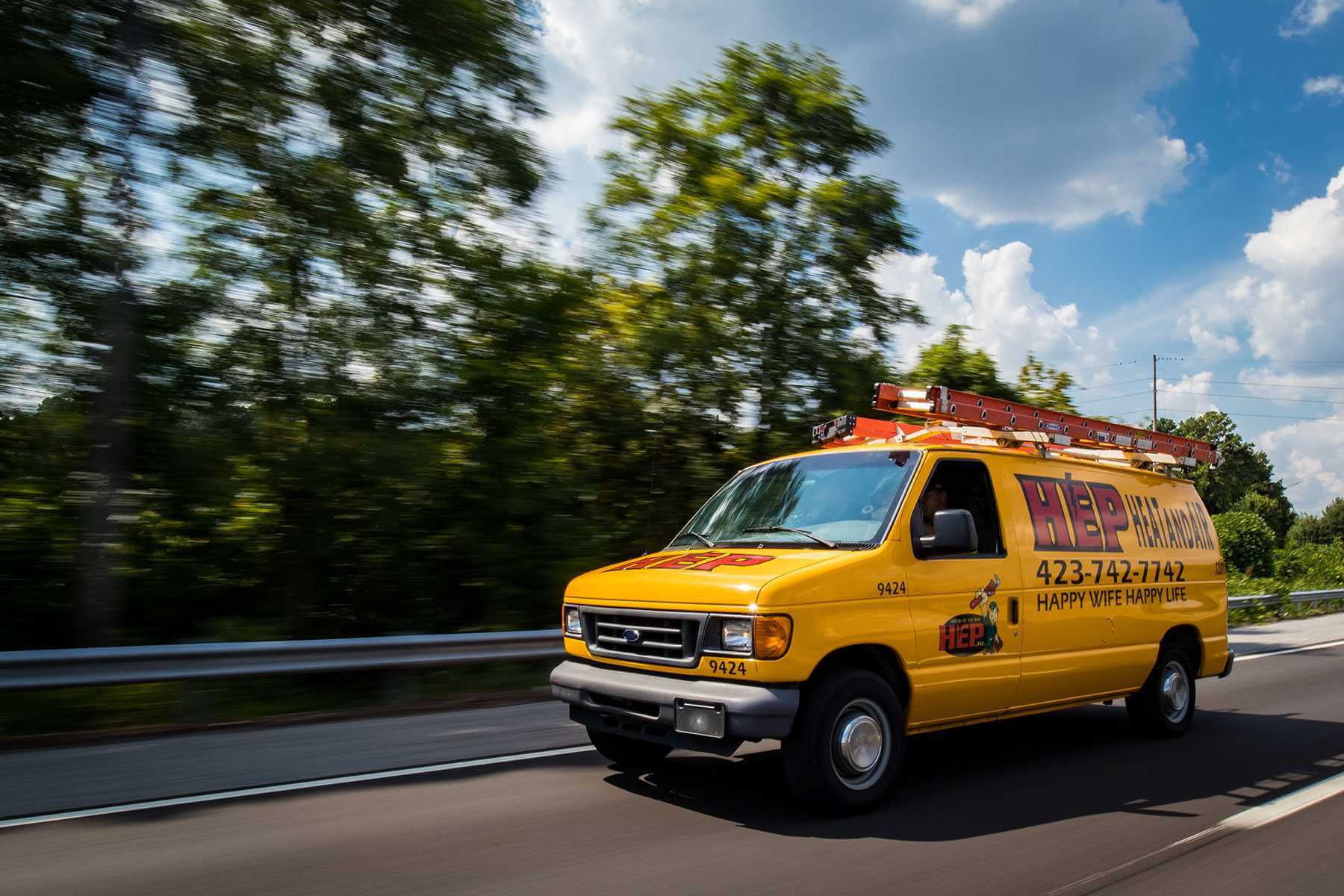

Lower Utility Bills
Your trusted partner for professional home services. Quality workmanship, guaranteed satisfaction.




- HEP Plumbing
- Lower Utility Bills
Lower Utility Bills | Plumbing Fixture Replacements | Plumbing
Tired of watching water – and money – swirl down the drain? HEP’s specialists make it simple to slash monthly costs by swapping out outdated faucets, showerheads, and toilets for today’s high-efficiency models. With precise, clean installations and a knack for spotting hidden leaks, we help Tennessee homeowners trim utility bills without sacrificing water pressure or style. Clients routinely see immediate drops in consumption, and our team is happy to calculate your projected savings before the first wrench turns.
From WaterSense-rated fixtures to touchless technology, every upgrade is chosen for durability, eco-friendliness, and aesthetics. Best of all, you never lift a finger: we remove and recycle old units, complete any code-required adjustments, and leave your bathroom or kitchen spotless. Discover how painless plumbing fixture replacements can be—and start enjoying lower bills, a quieter home, and the peace of mind that comes with HEP’s 100% satisfaction guarantee.
FAQs
How can replacing old plumbing fixtures help lower my monthly utility bills?
Older toilets, faucets, showerheads, and supply valves typically use far more water than today’s WaterSense-labeled or high-efficiency models. By swapping them out you immediately reduce the gallons of water consumed per flush or per minute of flow. Because less water needs to be heated for showers or at the sink, you also cut water-heating energy costs. The combined reduction in water and energy use is reflected in lower water, sewer, natural-gas, or electric bills every month.
Which plumbing fixtures provide the biggest savings when replaced?
1. Toilets – Pre-1994 toilets can use 3.5–7 gpf (gallons per flush). Replacing them with 1.28 gpf high-efficiency toilets (HETs) can save 9,000–13,000 gallons per person per year. 2. Showerheads – Standard units use 2.5 gpm; WaterSense models use 1.5–2.0 gpm, creating both water and water-heating savings. 3. Bathroom faucets – Aerated faucets rated at 0.5–1.2 gpm can cut sink water use by up to 60 %. 4. Kitchen faucets – Newer 1.5 gpm models maintain usability while trimming water flow by 30 % or more. 5. Supply valves/hose bibbs – Anti-drip, quarter-turn valves minimize hidden leaks that waste water continuously.
Will low-flow or high-efficiency fixtures feel weaker or compromise performance?
No. Modern high-efficiency fixtures are engineered to deliver equal or better performance than older high-volume units. Toilets use redesigned bowls and pressure-assisted flushing to clear waste with less water, while showerheads employ air-induction and optimized spray patterns to maintain strong rinsing pressure. Most users cannot tell the difference—other than a quieter flush or a slightly softer but fuller shower spray—yet they enjoy substantial utility savings.
Are there rebates, tax credits, or utility incentives for upgrading plumbing fixtures?
Yes. Many city water departments, state energy offices, and local utilities offer cash rebates ($25–$200 per fixture) for installing WaterSense-labeled toilets, showerheads, and faucet aerators. Some jurisdictions provide free conservation kits that include aerators and low-flow showerheads. Federal tax credits occasionally apply to water-saving fixtures when bundled with renewable energy or full-home efficiency upgrades. Always check your local utility’s website or the EPA WaterSense rebate finder before purchasing.
How quickly will I see a return on investment (ROI) after replacing fixtures?
Because high-efficiency fixtures are relatively inexpensive and savings begin on day one, payback periods are short. Typical numbers: • Toilets: 1–3 years for a family of four. • Showerheads: 3–8 months depending on shower frequency and water-heating fuel. • Faucet aerators: 1–4 months. After payback, the continued reduction in water and energy use becomes pure savings—often $100–$300 per year for an average household.
What factors should I consider when selecting replacement fixtures to maximize savings and compatibility?
1. Look for the EPA WaterSense label or an ANSI/ASME water-efficiency rating. 2. Match rough-in sizes (e.g., 12-in. toilet rough-ins) and connection threads (½-in. IPS, ¾-in. GHT) to avoid costly plumbing modifications. 3. Verify pressure requirements—some pressure-assisted toilets need 35+ psi. 4. Choose durable materials (ceramic disc cartridges, brass bodies) to prevent leaks over time. 5. Consider user needs such as ADA height, spray patterns, or temperature-limiting features. 6. If you have a water-softener or high-mineral supply, pick fixtures with easy-clean nozzles and corrosion-resistant finishes for long-term performance.